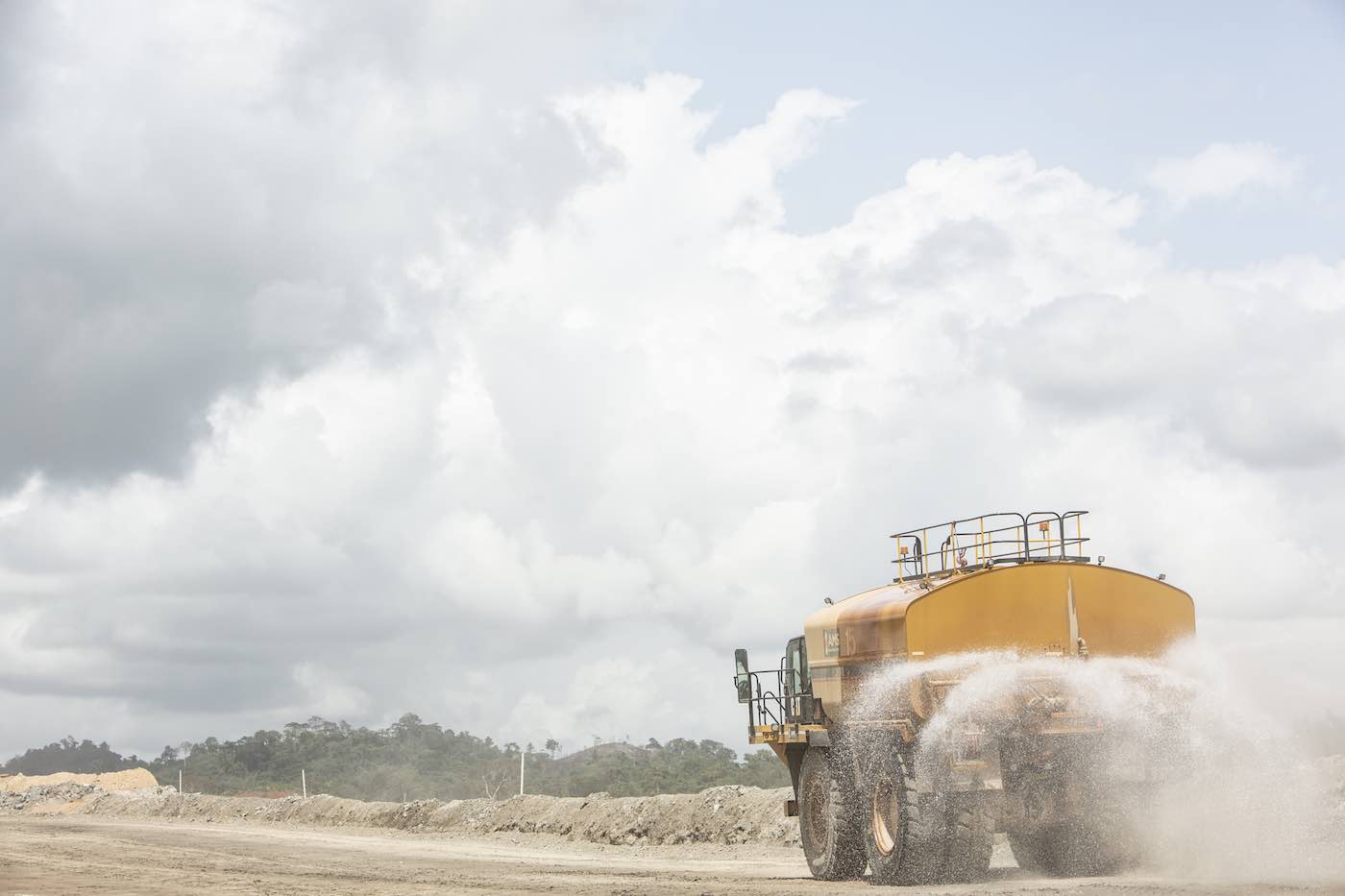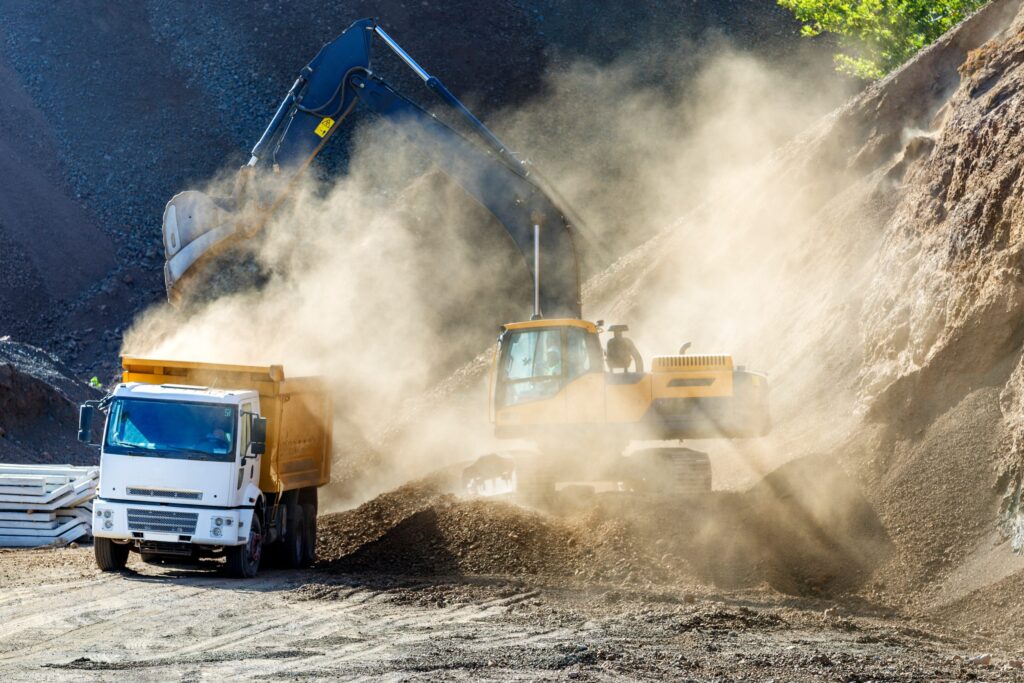What is Dust Suppression?
Dust suppression refers to the methods used to control and minimise airborne dust particles in various environments, such as construction sites, mining operations, and industrial facilities. Uncontrolled dust can cause serious health issues, damage equipment, and lead to regulatory fines. Effective dust suppression techniques are essential for maintaining a safe and productive work environment.
Why is Dust Suppression Important?

Dust can pose significant health hazards to workers and nearby communities. Prolonged exposure to fine dust particles can lead to respiratory diseases, eye irritation, and other health problems. Additionally, excessive dust can reduce visibility, increasing the risk of accidents on-site. Implementing dust suppression measures ensures compliance with health and safety regulations while protecting workers and equipment from unnecessary wear and tear.
Common Dust Suppression Techniques
There are several effective dust suppression techniques used across different industries. One of the most common methods is water spraying, where water is applied to dusty surfaces to prevent particles from becoming airborne. However, water alone may not always be sufficient, especially in dry conditions.
Another effective approach is the use of chemical dust suppressants, which help to bind dust particles together and keep them on the ground for longer periods. These suppressants are often used on unpaved roads, construction sites, and industrial areas. Other methods include misting systems, fog cannons, and polymer-based solutions that create a protective layer on surfaces to prevent dust formation.
The Role of Dust Suppression in Construction

In the construction industry, dust is generated from activities such as excavation, demolition, and material handling. Without proper dust suppression, construction sites can become hazardous for workers and nearby residents. The use of water trucks, dust control barriers, and environmentally friendly suppressants can significantly reduce dust levels, ensuring a safer working environment and preventing complaints from the public.
Dust Suppression in Mining and Quarrying
Mining and quarrying activities produce large amounts of dust, which can be harmful to workers and surrounding communities. Effective dust suppression in these industries is crucial for maintaining air quality and reducing the risk of lung diseases such as silicosis. Using dust suppression technologies like foam applications, enclosed conveyors, and dust collectors can help manage dust at the source and improve overall safety.
Environmental Benefits of Dust Suppression
Beyond workplace safety, dust suppression also has significant environmental benefits. Uncontrolled dust can contribute to air pollution, affecting wildlife and vegetation. Dust particles can also settle on water sources, leading to contamination. By implementing dust suppression strategies, industries can minimise their environmental impact while complying with environmental regulations.
Choosing the Right Dust Suppression Solution

Selecting the right dust suppression method depends on several factors, including the type of dust, site conditions, and budget. Water-based solutions are cost-effective but may require frequent application. Chemical suppressants provide longer-lasting control but may have environmental considerations. Advanced dust suppression technologies, such as automated misting systems, offer efficient and consistent dust control for larger sites.
Conclusion
Dust suppression is a crucial aspect of maintaining a safe and compliant work environment in industries such as construction, mining, and manufacturing. By implementing the right dust control measures, businesses can protect their workers, reduce environmental impact, and enhance operational efficiency. Investing in effective dust suppression solutions is not only a regulatory necessity but also a responsible approach to workplace safety and environmental protection.







